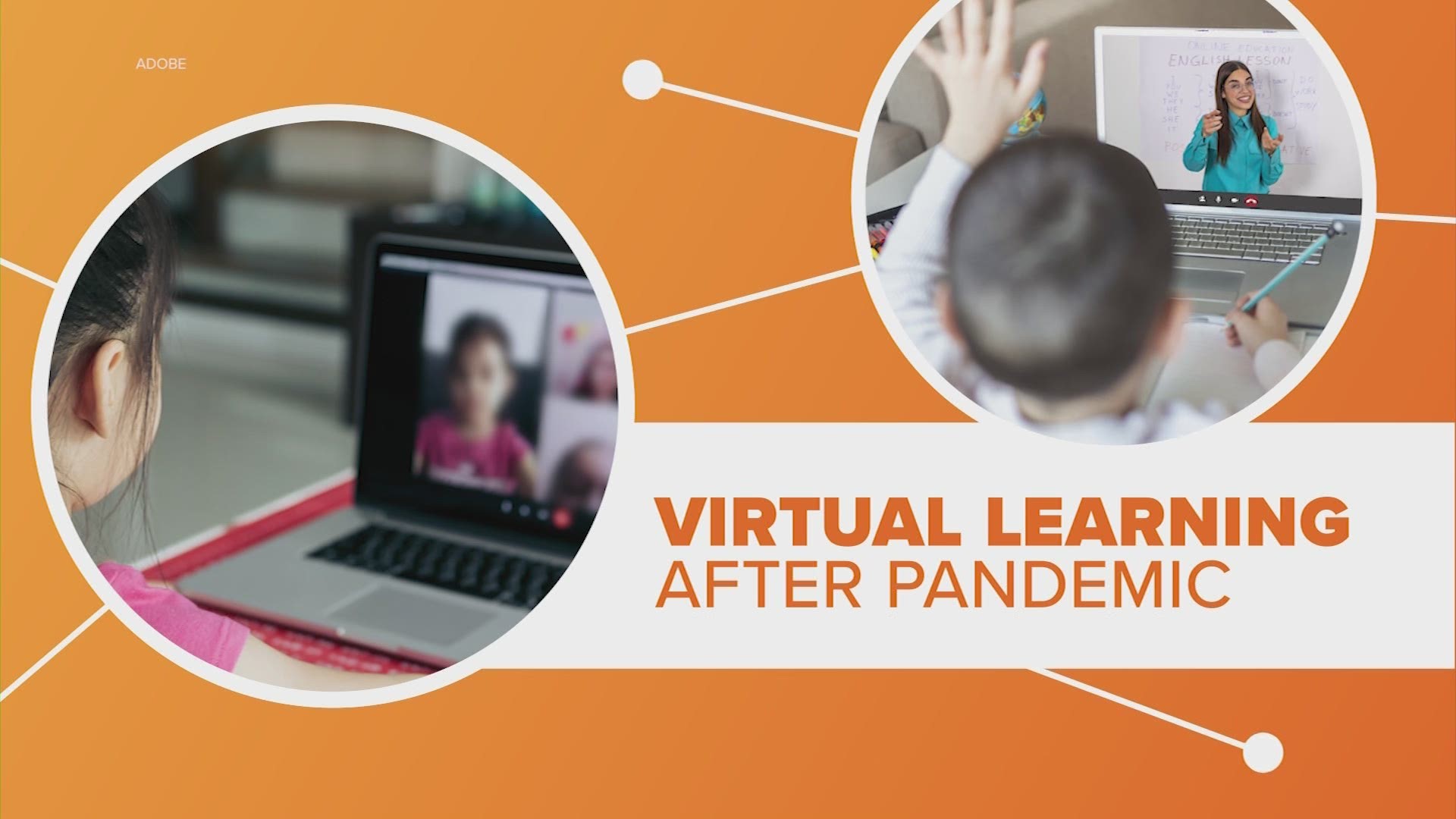HOUSTON — As most of the country eyes a return to normalcy after the COVID-19 pandemic, one change will be sticking around: virtual learning, at least for some students.
In fact, Houston ISD has already announced it is planning to offer a virtual option to students next school year, but details are still being worked out.
Let’s Connect the Dots.
Many students thrived during virtual learning
When coronavirus hit, the United States launched an unprecedented effort to teach all students remotely. The experiment was a struggle for many families and their students, but some kids thrived.
Teachers report the children who did well tended to be ones with social anxiety, attention deficit disorder or autism. Now school districts across the country are establishing online-only schools for the next academic year.
For most of these districts, this means stand-alone virtual schools with teachers dedicated to working only with remote students.
Independent model teacher led
But not all virtual schools are the same; some require students to work on online courses independently with only occasional online interaction with a teacher.
This model obviously benefits children who are comfortable setting their own pace. It also tends to work best if parents are actively involved in the process.
Other models are more teacher directed and students attend traditional classes, however, they're in a virtual setting.
Big downside: less social interaction
There is one big downside to continued virtual learning, less social interaction. While some online programs do include extracurricular activities experts say it is hard to replicate the seeing your friends face-to-face.

